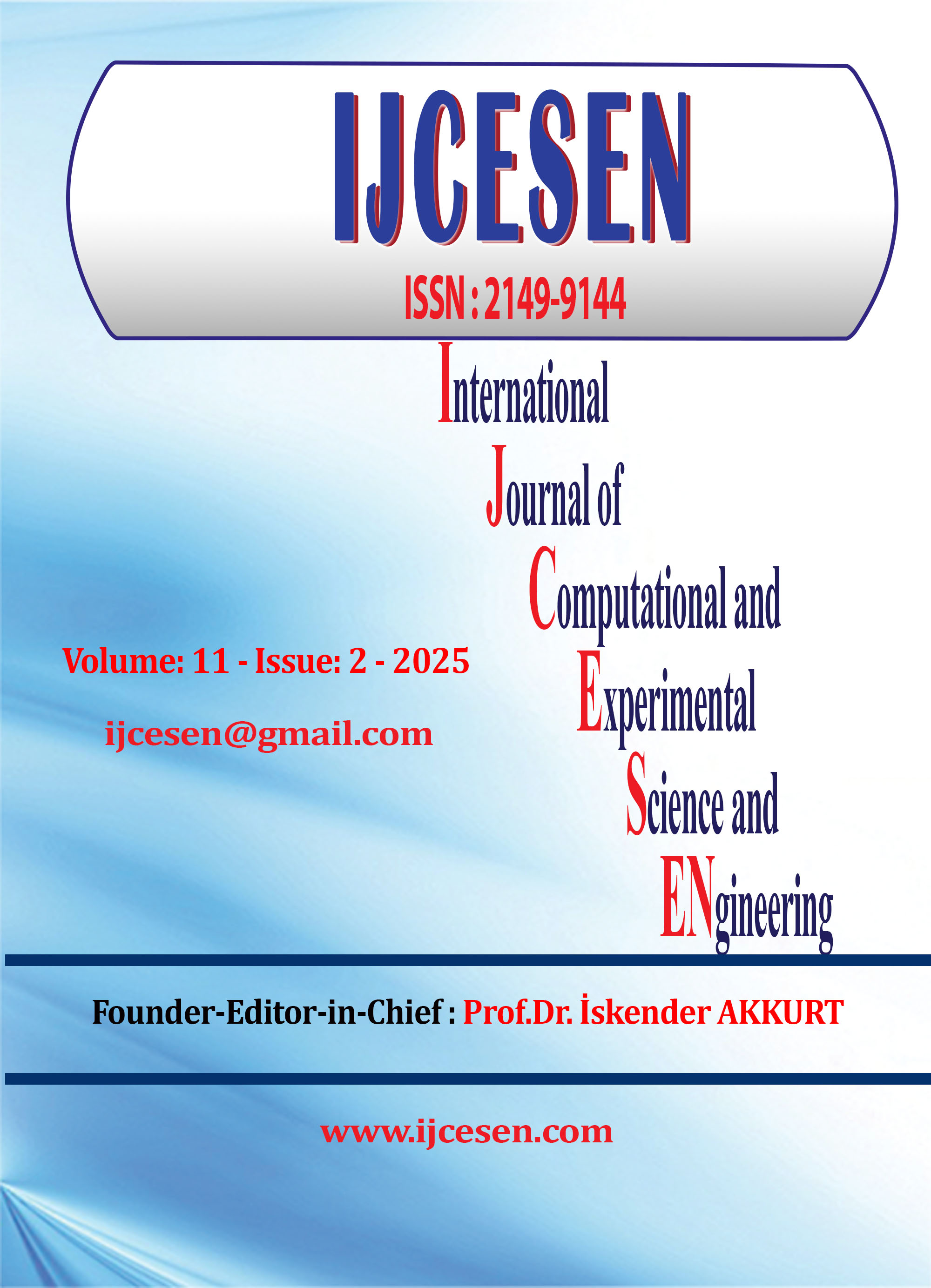Elderly-Centered Packaging Design Exploring Methods and Principles based on User Needs and Accessibility
DOI:
https://doi.org/10.22399/ijcesen.1257Keywords:
Elderly-Centered Packaging, Design, User Needs, Accessibility, Old PeopleAbstract
The elderly are becoming increasingly common in society as a result of the ageing population. As they age, their physical capabilities deteriorate, requiring the attention of several disciplines, particularly designers. Stakeholders in the design industry have paid close attention to the myriad difficulties older individuals encounter on a daily basis. Understanding older packaging obstacles and related causes is the aim of this study. This study looked at suggestions for packaging design that will assist senior citizens in designing products that are easy to use and accessible. The study's interactive approach yielded valuable insights on how people interact with packaging. The study was further informed by a combination of focus group data, both quantitative and qualitative. Semi-structured interviews were used to look at specific links between 2D and 3D User Centred Design indicators that don't seem to have been taken into account before. The study yielded fresh information on how older adults employ a combination of 2D and 3D hints while opening packaging. Four different kinds of information should be shown for package opening by combining 2D and 3D hints. These include 1) hand positions, 2) hand movements, 3) hand instructions, and 4) confirming the successful opening of the container as well as the method for opening it. Three distinct categories of indicators should be supplied: 1) to thoroughly describe how to open a box, 2) to evoke older people's past knowledge of comparable techniques, and 3) to give specific details related to opening a package.
References
National Institutes of Health. (2016). World's older population grows dramatically. National Institutes of Health (NIH). https://www.nih.gov/news-events/news-releases/worlds-older-population-grows-dramatically
Baresova, P., Horakova, M., & Urbanek, T. (2018). An Aging Population: A Competitive Advantage For Companies. Journal of Competitiveness. 10(1);5-22. https://doi.org/10.7441/joc.2018.01.01 DOI: https://doi.org/10.7441/joc.2018.01.01
World Health Organization. (2024). Ageing and Health. World Health Organization. https://www.who.int/news-room/fact-sheets/detail/ageing-and-health
(Reference incomplete in original). Population aging is increasing at an unprecedented rate. Journal of the Japanese Economy. 60(1);1. https://www.jstage.jst.go.jp/article/jje/60/1/60_1/_pdf/-char/ja
Bou-Mitri, C., Abdessater, M., Zgheib, H., & Akiki, Z. (2020). Food packaging design and consumer perception of the product quality, safety, healthiness and preference. Nutrition & Food Science. 51(1);71-86. https://doi.org/10.1108/nfs-02-2020-0039 DOI: https://doi.org/10.1108/NFS-02-2020-0039
Carli Lorenzini, G., Bell, A., & Olsson, A. (2022). 'You need to be healthy to be sick': exploring older people's experiences with medication packaging at home. Age and Ageing. 51(3). https://doi.org/10.1093/ageing/afac050 DOI: https://doi.org/10.1093/ageing/afac050
Li, J., & Dubrivna, A. (2024). AGE-FRIENDLY PACKAGING DESIGN: FEATURES AND CHALLENGES. Art and Design. 2;11-19. https://doi.org/10.30857/2617-0272.2024.2.1 DOI: https://doi.org/10.30857/2617-0272.2024.2.1
Jeong, H., Lee, S., & Shin, K. (2021). Development of Food Packaging through TRIZ and the Possibility of Open Innovation. Journal of Open Innovation: Technology, Market, and Complexity. 7(4);213. https://doi.org/10.3390/joitmc7040213 DOI: https://doi.org/10.3390/joitmc7040213
Carli Lorenzini, G., & Olsson, A. (2022). Exploring How and Why to Develop Patient-Centered Packaging: A Multiple-Case Study with Pharmaceutical Companies. Therapeutic Innovation & Regulatory Science. 56(1);117-129. https://doi.org/10.1007/s43441-021-00338-0 DOI: https://doi.org/10.1007/s43441-021-00338-0
Li, J., Wu, B., & Wang, J. (2023). Creating a supportive environment for older adults in China ——exploring factors associated with the need for home modifications based on a cross-sectional survey in Central China. BMC Geriatrics. 23(1). https://doi.org/10.1186/s12877-023-04458-0 DOI: https://doi.org/10.1186/s12877-023-04458-0
Yang, F., Gao, D., & Nie, H. (2019). Research on the Development of the Elderly Care Policies in China. INDIGO (University of Illinois at Chicago). pp.121-142. https://doi.org/10.24917/9788395373718.5 DOI: https://doi.org/10.24917/9788395373718.5
Gan, F. (2024). Unwrapping the Struggle: Unveiling the Packaging Challenges Faced by the Elderly through Interviews. Art and Design Review. 12(01);46-62. https://doi.org/10.4236/adr.2024.121004 DOI: https://doi.org/10.4236/adr.2024.121004
Chen, Z., & He, Y. (2024). Evolution of product packaging form from the perspective of media evolution and artistic philosophy. Trans/Form/Ação. 47(5). https://doi.org/10.1590/0101-3173.2024.v47.n5.e02400170 DOI: https://doi.org/10.1590/0101-3173.2024.v47.n5.e02400170
Shen, X., & Yan, W. (2021). Research on the Barrier-free Package Design Based on the Oriented Needs of the Elderly. Advances in Social Science, Education and Humanities Research. https://doi.org/10.2991/assehr.k.210813.064 DOI: https://doi.org/10.2991/assehr.k.210813.064
Stone, R., Sobczak, Z., Fales, C., Mumani, A., Abdelall, E., & Schnieders, T. (2019). An ergonomic evaluation of Pop-top can opener design. Proceedings of the Human Factors and Ergonomics Society Annual Meeting. 63(1);1339-1343. https://doi.org/10.1177/1071181319631145 DOI: https://doi.org/10.1177/1071181319631145
Xie, X. (2019). Ease of use design for food packaging for the elderly. Frontiers in Art Research. 1(2). https://doi.org/10.25236/far.20190205
Downloads
Published
How to Cite
Issue
Section
License
Copyright (c) 2025 International Journal of Computational and Experimental Science and Engineering

This work is licensed under a Creative Commons Attribution 4.0 International License.





